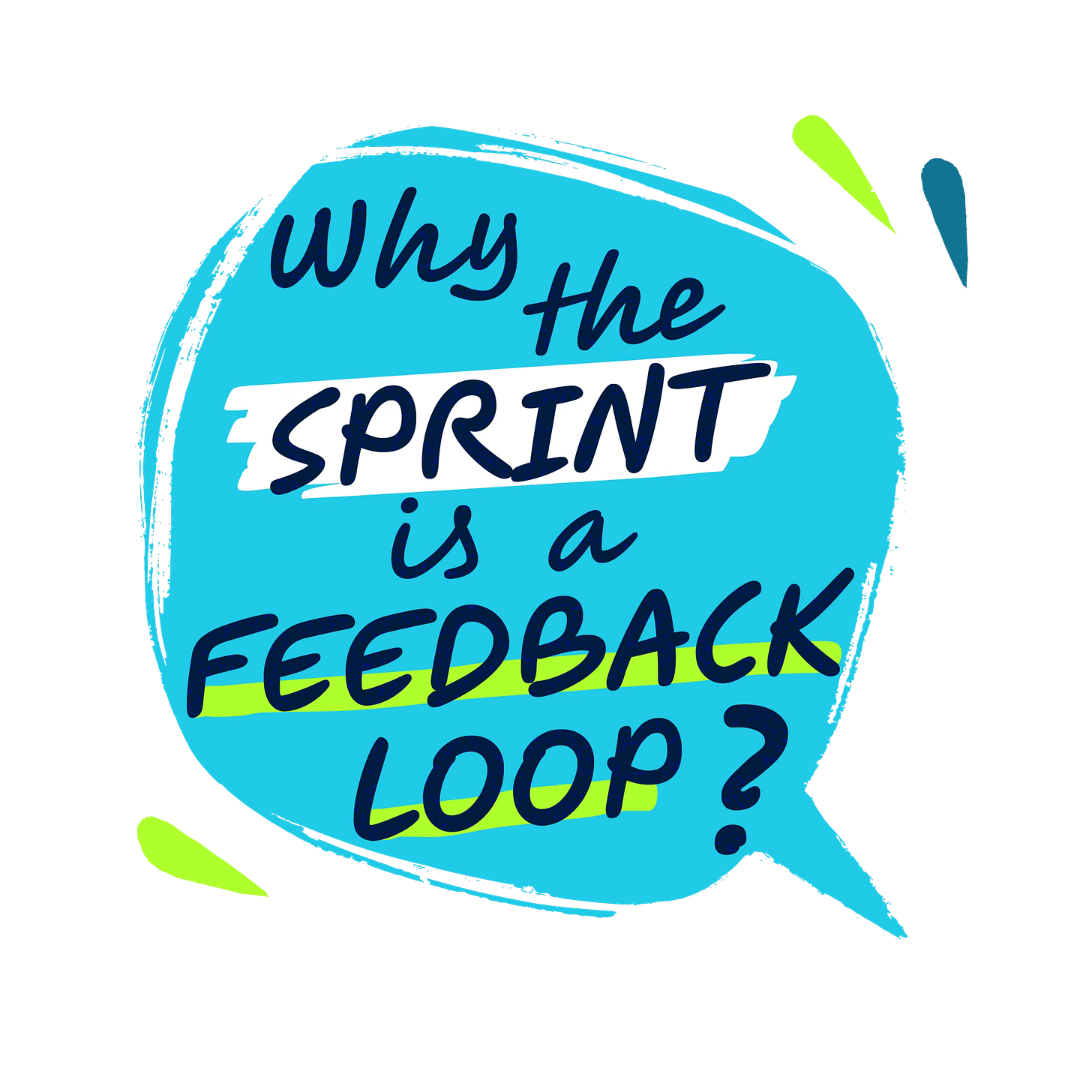Why the Sprint Is a Feedback Loop?
The Sprint provides a regular cadence that helps the team and stakeholders inspect the increment and adapt the product backlog based on feedback and possible market changes.
A Sprint is a feedback loop. It enables teams to frequently check their progress towards the product goal, receive stakeholder input, and make necessary changes to ensure the product meets emergent needs and expectations.
1. Regular Intervals for Review:
Each Sprint contains a sprint review event, during which the team collaborates with the stakeholders to understand better the progress made towards the product goal and the current relevance of the done increment. This timeboxed review ensures that feedback is gathered consistently, allowing the team to align with stakeholder needs and, if required, adjust the product backlog before progressing.
2. Empirical Planning:
Each Sprint is an opportunity for empirical planning. By incorporating feedback into the next Sprint, teams can pivot or refine their work based on real-time information. This adaptability helps ensure that the product remains relevant and valuable, avoiding the pitfalls of long-term planning without iterative checks.
3. Incremental Progress:
Sprints promote incremental progress, allowing the team to deliver small, manageable work. This approach makes it easier to incorporate feedback, as changes can be made to smaller increments rather than large ones. It also allows stakeholders to see tangible progress and provide timely input.
4. Focus on Quality:
Regular feedback helps maintain a focus on quality. By reviewing work frequently, teams can catch and address issues early rather than letting them accumulate. This ongoing attention to detail helps ensure that the final product meets high standards and functions well.
5. Stakeholder Engagement:
Sprints keep stakeholders engaged throughout the development process. Regular reviews and feedback sessions mean stakeholders are continually involved, providing input and seeing the progress firsthand. This ongoing involvement helps build trust and ensures the product meets their expectations.
6. Continuous Improvement:
The feedback loop encourages continuous improvement. After each Sprint, teams hold a retrospective to discuss what went well and what could be better. This reflection helps the team to learn from their experiences and continuously improve their processes, leading to better performance over time.
Sprints as feedback loops create a dynamic and responsive approach to product development. They ensure that teams stay connected to stakeholder needs, adapt to changes quickly, and consistently improve their work processes. This iterative cycle of review and adjustment helps deliver high-quality products that meet user needs.



